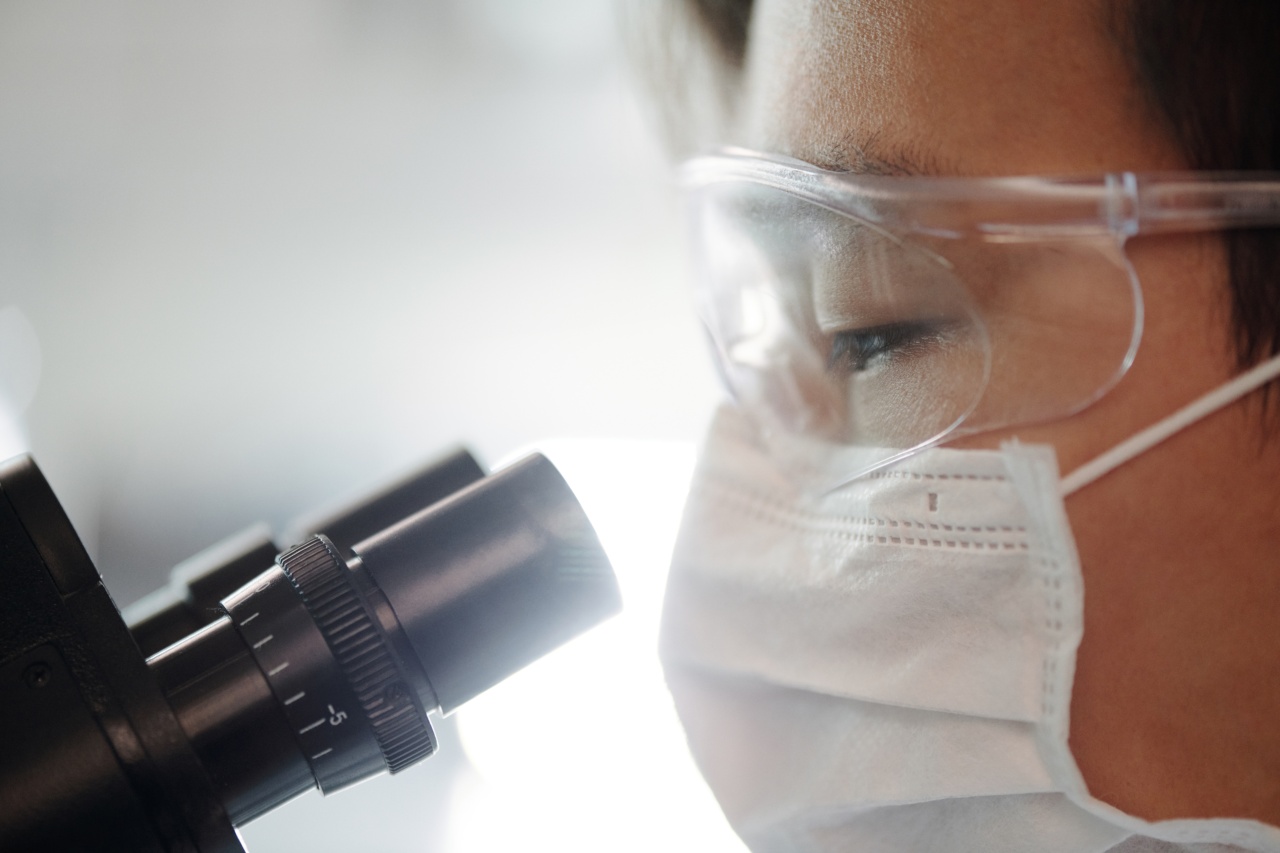Redness in the face, also known as facial flushing, can occur for various reasons and may be a symptom of an underlying medical condition.
It is important to understand the potential causes of redness in the face and the available treatment options in order to address the underlying issue effectively.
Causes of facial redness
Facial redness can be caused by both external factors and internal health conditions. Some common causes include:.
Rosacea
Rosacea is a chronic skin condition that causes redness and visible blood vessels in the face. It can also lead to acne-like bumps and eye irritation.
While the exact cause of rosacea is unknown, certain triggers such as sun exposure, stress, alcohol, and spicy foods can worsen symptoms. Treatment options for rosacea generally involve topical medications, oral antibiotics, and laser therapy.
Acne
Acne is a skin condition characterized by clogged pores, inflammation, and the formation of pimples. Inflammatory acne can cause redness and swelling in the affected areas.
Treatment may include topical creams containing ingredients like benzoyl peroxide or salicylic acid, oral medications, and lifestyle changes such as avoiding greasy or oily products.
Allergic reactions
Skin allergies can cause facial redness due to the release of histamine, a compound that triggers an immune response. Allergens such as pollen, pet dander, certain foods, or insect bites can lead to an allergic reaction.
Avoiding the allergen and taking over-the-counter antihistamines may help relieve redness and inflammation.
Heat and sun exposure
Excessive sun exposure and heat can cause the blood vessels in the face to dilate, resulting in facial redness.
Protecting the skin from excessive sun exposure, wearing wide-brimmed hats, using sunscreen, and avoiding hot environments can help prevent facial redness caused by these factors.
Rosy cheeks (flushing)
Some individuals naturally have rosy cheeks due to increased blood flow to the face. While it is often a normal variation, excessive or persistent flushing may be a sign of an underlying medical condition.
It is important to consult with a healthcare professional for a proper diagnosis and management.
Diagnosis
When experiencing facial redness, it is essential to see a healthcare professional for a proper diagnosis. The healthcare provider may ask about the symptoms, medical history, and perform a physical examination.
In some cases, additional tests may be ordered to determine the underlying cause of the redness.
If rosacea is suspected, a dermatologist may evaluate the skin and rule out other conditions that may cause similar symptoms. In cases of suspected allergies, an allergist may conduct tests to identify the specific allergen triggering the reaction.
For individuals with persistent or severe facial redness, a referral to a specialist may be necessary to explore potential underlying health conditions.
Treatment options
The treatment options for facial redness depend on the underlying cause and may vary from person to person. Some common treatment modalities include:.
Topical creams and medications
For certain skin conditions like rosacea and acne, topical creams or gels containing ingredients like azelaic acid, metronidazole, or retinoids may be prescribed. These medications work to reduce inflammation, kill bacteria, and improve skin texture.
Oral medications
In cases of severe or stubborn facial redness, oral medications such as antibiotics, isotretinoin, or anti-inflammatory drugs may be prescribed. These medications target the underlying causes and help reduce redness and inflammation.
Laser therapy
Laser therapy is a treatment option commonly used for rosacea and certain vascular conditions that cause facial redness. It works by targeting and reducing the visibility of blood vessels, resulting in a more even skin tone.
Lifestyle modifications
Certain lifestyle modifications can help manage facial redness. These include avoiding triggers such as spicy foods, alcohol, extreme temperature changes, and harsh skincare products.
Using gentle skincare products and incorporating a regular skincare routine can also help maintain a healthy complexion.




























